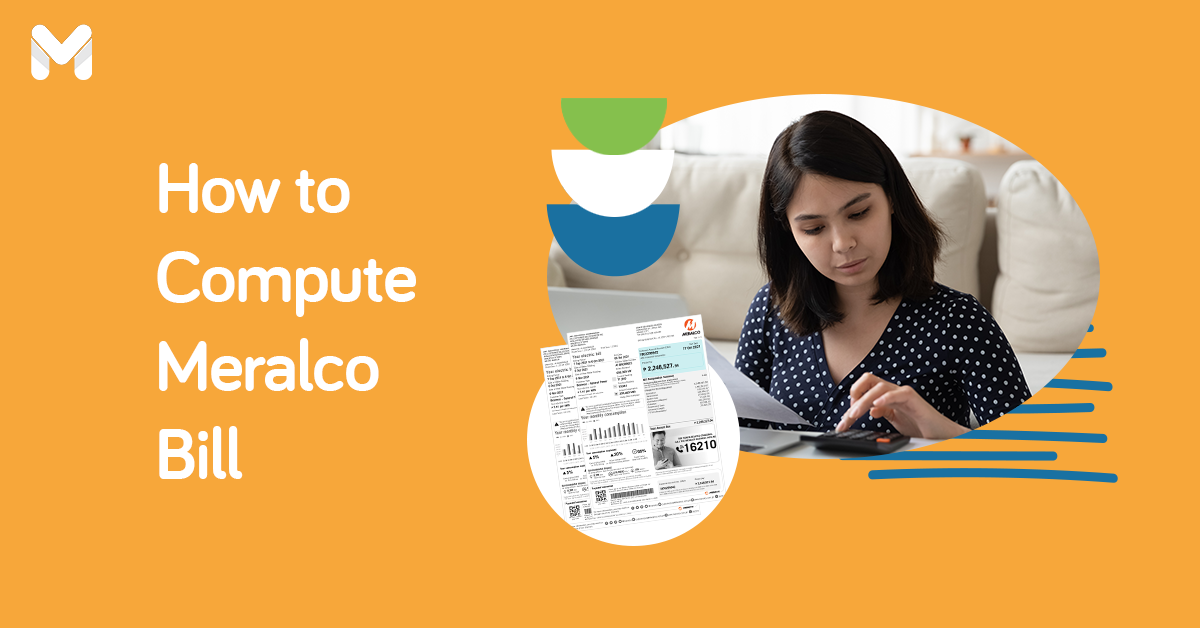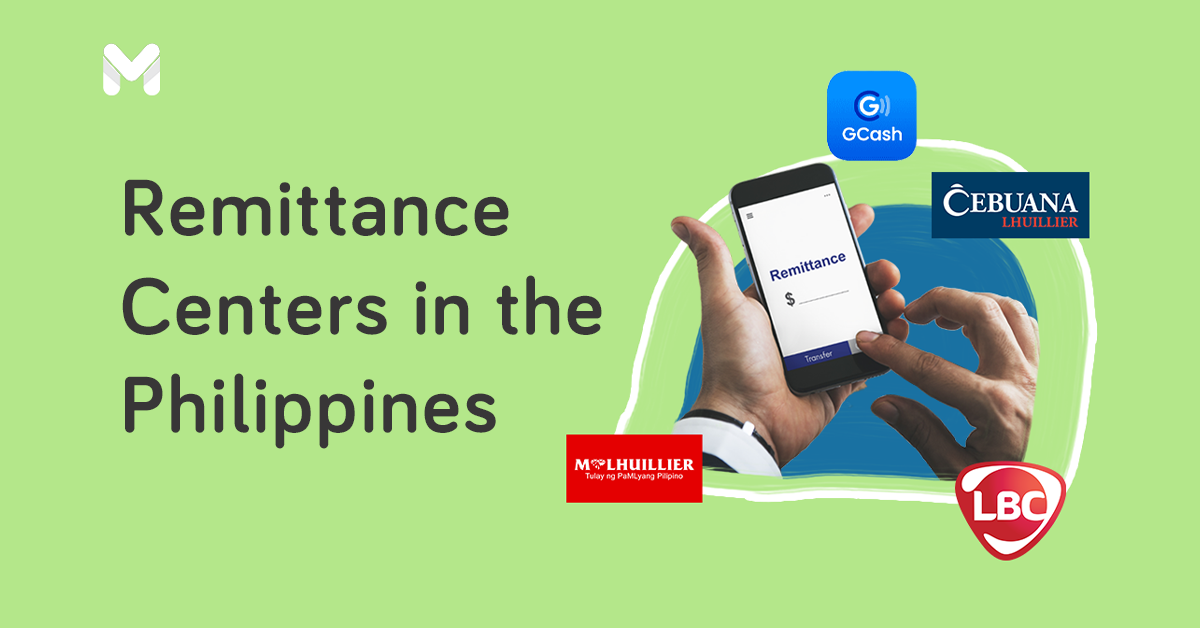Apart from paying bills and purchasing items online, you can now use your smartphone to transfer money in bulk using the Philippine EFT System and Operations Network or PESONet.
Launched in 2017, PESONet Philippines allows you to transfer money to another bank or non-bank institution that also uses the facility. Based on 2023 data from the Bangko Sentral ng Pilipinas, PESONet transactions amounted to ₱3.02 trillion, up 26.3% year-on-year. Its volume also increased by 11.6% year-on-year to 37.4 million.[1]
Thus, more and more Filipinos are embracing digital forms of payment transactions. Keep reading to know more about the PESONet transfer service.
What is PESONet?

PESONet is a batch electronic fund transfer (EFT) credit payment scheme that serves as an alternative to a paper-based check system.
PESONet fund transfers are processed in bulk and cleared in batch intervals. However, the transfers aren’t made in real-time. The receiver will get the PESONet fund transfer within the same business day, as long as the sender transfers the amount within the cut-off of their respective PESONet participating institution.
This inter-bank fund transfer platform aims to make business-to-business (B2B) and person-to-business (P2B) payments more convenient. For example, corporations can use it to credit salaries to their employees’ accounts without the need to create special payroll accounts.
Read more: Traditional vs. Online Money Transfer: Which Works Better?
How Does PESONet Work?
Through PESONet, you can use your bank or non-bank's mobile app or online facility to send money to another account from a participating institution (e.g., Metrobank Online to BPI Online). You just need to provide the receiver’s financial institution, account number, and the amount to be transferred to the clearing switch operator, which currently is the Philippine Clearing House Corporation (PCHC).
The funds are then settled in their respective financial institution's demand deposit accounts. These accounts are held in Bangko Sentral ng Pilipinas (BSP)’s Philippine Payments and Settlement System (PhilPaSS). Upon settlement, the fund will be credited to the receiver’s account within the same banking day.
PESONet vs InstaPay: What are the Differences?
While PESONet and InstaPay are both electronic fund transfer systems, their functions are different. InstaPay is for real-time transfers of low-value amounts. On the other hand, PESONet can handle non-time-sensitive transfers in bulk.
Below is a comparison between these two electronic fund transfer services in the Philippines:
| Feature | PESONet | InstaPay |
|---|---|---|
| Service availability | Banking days only | 24/7 |
| Fund transfer speed | Within the same banking day, provided the money is transferred within the cut-off | Real-time |
| Transaction purposes | Bulk payments that are not time-sensitive and payments to several recipients | Low-value, urgent payments |
| Transfer limit | None | Up to ₱50,000 per transaction, depending on the institution |
| Transfer fee | ₱0 to ₱600, depending on the institution | ₱0 to ₱600, depending on the institution |
| Clearing Switch Operator (CSO) | Philippine Clearing House Corporation | BancNet |
Advantages of Using PESONet Transfer

There are many benefits to using PESONet for your financial transactions, including the following:
- Cross-selling of products such as loans, deposits, insurance products, and investments
- Digital innovation in the delivery of financial services
- Secure way to transfer large amounts (e.g. salaries to employees)
- Improved efficiency in fund transfer
- No fees deducted from the receiver
- Reduced costs for check payments
- Can be used as an alternative to check payments
Disadvantages of Using PESONet Transfer
But the convenience of using PESONet also comes with a few disadvantages, like the following:
- PESONet transfer time can take up to a day or more
- Only suitable for transactions that aren’t time-critical
- Can only use a PESONet bank transfer on banking days
List of PESONet Banks and Financial Institutions in the Philippines
-3.png?width=600&height=400&name=Pics%20for%20blog%20(3)-3.png)
The following banks and financial institutions allow PESONet transfer transactions:
👉 Commercial and Universal Banks (Senders/Receivers)
- Asia United Bank Corporation (AUB)
- Australia and New Zealand Banking Group Limited (ANZ)
- Bank of America, N.A
- Bank of China (Hongkong) Ltd. – Manila Branch
- Bank of Commerce
- Bank of the Philippine Islands (BPI)
- Cathay United Bank Co., Ltd – Manila Branch
- China Banking Corporation (ChinaBank)
- CIMB Bank Philippines, Inc.
- CTBC Bank (Philippines) Corporation
- Deutsche Bank AG
- Development Bank of the Philippines (DBP)
- J.P. Morgan Chase Bank
- KEB Hana Bank – Manila Branch
- Land Bank of the Philippines (LANDBANK)
- Maybank Philippines, Inc.
- Mega International Commercial Bank Co., Ltd.
- Metropolitan Bank and Trust Company (Metrobank)
- Mizuho Bank, Ltd. – Manila Branch
- MUFG Bank, Ltd.
- Philippine Bank of Communications (PBCom)
- Philippine National Bank (PNB)
- Philippine Trust Company
- Rizal Commercial Banking Corporation (RCBC)
- Robinsons Bank
- Security Bank
- Shinhan Bank – Manila Branch
- Standard Chartered Bank
- Sumitomo Mitsui Banking Corporation – Manila Branch
- The Hongkong & Shanghai Banking Corporation (HSBC)
- Union Bank of the Philippines (UnionBank)
- United Overseas Bank Limited – Manila Branch
👉 Thrift Banks (Senders/Receivers)
- AllBank, Inc.
- BPI Direct BanKO, Inc.
- Card SME Bank, Inc.
- China Bank Savings, Inc.
- Equicom Savings Bank, Inc.
- First Consolidated Bank, Inc.
- HSBC Savings Bank, (Phils), Inc.
- Malayan Bank Savings Bank, Inc.
- Philippine Business Bank, Inc.
- Philippine Savings Bank
- Producers Savings Bank Corporation
- Queen City Development Bank, Inc.
- Sterling Bank of Asia, Inc.
- Wealth Development Bank Corporation
👉 Rural Banks (Senders/Receivers)
- BOF, Inc.
- Camalig Bank, Inc.
- Card Bank, Inc.
- Cebuana Lhuillier Rural Bank, Inc.
- Country Builders Bank, Inc.
- Dungganon Bank, Inc.
- Rural Bank Guinobatan, Inc.
- SeaBank Philippines Inc.
👉 Digital Banks (Senders/Receivers)
- GoTyme Bank Corporation
- Maya Bank
- Tonik Digital Bank, Inc.
👉 Electronic Money Issuers (Senders/Receivers)
- DCPay Philippines, Inc.
- Gpay Network PH, Inc.
- G-Xchange, Inc. (GXI)
- Maya Philippines, Inc.
- Paymongo Payments, Inc.
- ShopeePay Philippines, Inc.
- StarPay Corporation
- TayoCash, Inc.
- Zybi Tech, Inc.
Read more:
- What is Coins.ph? Here’s a Quick Guide to Using the Mobile Payment Platform
- GCash Starter Guide 2023: Your Most Common Questions Answered
- All About Maya Center: A Guide for New Users and Agents
What is the PESONet Transfer Limit?
Here are the PESONet transfer limits of some of the banks in the Philippines. The fund will be credited to the recipient’s account on the same day if you send the money within your bank or financial institution’s cut-off time.
| Bank/Financial Institution | PESONet Daily Transaction Limit |
|---|---|
| BPI | ₱250,000 |
| CIMB | ₱500,000 combined limit |
| China Bank | ₱100,000 per transaction; ₱250,000 daily |
| HSBC | ₱3 million |
| Metrobank | ₱200,000 |
| Philtrust Bank | ₱100,000 |
| PNB | No limit |
| PSBank | ₱200,000 |
| RCBC | ₱499,999.99 |
📌 PESONet Clearing Time
How long a PESONet transfer takes depends on whether you send the funds before or after the transfer cut-off time. To avoid the inconvenience of a PESONet delayed transfer, make sure to follow your bank’s clearing times.
Here are some participating institutions’ PESONet transfer cut-off times for Mondays to Fridays.
| Bank/Financial Institution | PESONet Clearing Time |
|---|---|
| BPI | 4 p.m. |
| CIMB | 9 a.m. and 3 p.m. |
| China Bank | 4 p.m. |
| Development Bank of the Philippines | 9 a.m. and 2 p.m. |
| HSBC | 8:15 a.m. and 1 p.m. |
| Metrobank | 3 p.m. |
| Maya Bank | 4 p.m. |
| Philtrust Bank | 2 p.m. |
| PNB | 7:30 a.m. and 1:30 p.m. |
| PSBank | 9 a.m. and 3 p.m. |
| RCBC | 2 p.m. |
| Robinsons Bank | 10 a.m. and 4 p.m. |
| Security Bank | 9:50 a.m. and 3:50 p.m. |
| Sterling Bank of Asia | 2 p.m. |
| UnionBank | 3 p.m. |
📌 PESONet Transfer Fees
Meanwhile, here's how much you'll have to spend on transfers:[2]
| Bank/Financial Institution | Transfer Fee |
|---|---|
| AUB | ₱8 |
| Bank of China (Hongkong) Limited - Manila Branch | ₱30 |
| Bank of Commerce | ₱15 |
| BPI | ₱50 |
| BPI Direct BanKO, Inc. | Free* |
| Cebuana Lhuillier Rural Bank, Inc. | ₱50 |
| China Bank Savings | ₱20 |
| China Banking Corporation | ₱20 |
| CIMB Bank Philippines | Free* |
| Country Builders Bank, Inc. | Free* |
| CTBC Bank | ₱25 |
| DCPay | Free |
| Development Bank of the Philippines | ₱10 |
| EastWest Bank | Free* |
| Equicom Savings Bank | ₱15 |
| GoTyme Bank | Free* |
| HSBC | Free |
| HSBC Savings Bank (Phils), Inc. | Free |
| Land Bank of the Philippines** | ₱0 to ₱150 |
| Maya Bank | Free* |
| Metrobank | ₱50 |
| PBCom | ₱15 to ₱500 |
| Philippine Business Bank | Free* |
| PNB | ₱20 |
| PSBank | ₱50 |
| RCBC | ₱10 |
| Robinsons Bank | ₱20 |
| SeaBank Philippines | Free* |
| Sterling Bank of Asia | ₱15 |
| Tonik Digital Bank | Free* |
| UnionBank | Free* |
Notes:
- *Free PESONet transfers until December 31, 2023
- **LANDBANK offers free PESONet and InstaPay transfers for the first three transactions worth ₱1,000 and below per day.
How to Use PESONet Philippines
Now that you know the PESONet transaction cut-off times and fees, it’s time to learn how to transfer money with it.
💸 How to Transfer Money via PESONet
- Access your bank or e-money issuer’s app or official website by logging in to your account.
- Choose to send money using PESONet.
- Provide the receiver’s account information and the transfer amount.
- Confirm the transaction.
- Wait for the notification of your successful transaction.
💸 How to Receive Money via PESONet
You don’t have to do anything to receive money using PESEONet. Just wait for the funds to reflect on your account within the same banking day, provided the sender transfers the money before the cut-off time. Log in to your bank or non-bank’s app or facility to check that the amount has been transferred.
Related reading: 19 Remittance Centers and Money Transfer Services in the Philippines
PESONet Philippines FAQs

1. Is the PESONet transfer service secure?
Yes, the system is secure and has the same level of security standards as other inter-bank fund transfer services in the Philippines.
2. Is there a PESONet app?
No, PESONet doesn’t have its own app. But you can perform a PESONet transfer using your bank or non-bank’s app, website, or facility.
3. Do I need to enroll the receiver’s account?
You don’t have to enroll the recipient’s account in your bank or non-bank’s facilities, as long as your account is active.
4. Who can I transfer funds to via PESONet Transfer?
You can transfer to individual checking and savings accounts, as well as business and corporate accounts.
5. How to track my PESONet transfer?
If your fund transfer is successful, you’ll receive an email or SMS confirmation from your financial institution. You can also check the transaction’s reference number in your institution’s mobile app or online facility. Simply go to your account and check your transaction history.
6. How long does a PESONet transfer take?
The PESONet crediting time depends on whether you transfer money before or after the bank's transaction cut-off time.
The funds will be credited within the same banking day if the PESONet transfer is done before or within the cut-off time. But if the transaction happens after the cut-off, on a holiday, or on a weekend, expect to receive the funds within the next one to two banking days.
7. How long does PESONet transfer to GCash?
If the transfer is made on a banking day before your bank’s clearing time, it will be processed and credited the same day within the specified hours. But if the transfer is made past your bank’s PESONet transfer cut-off time or on a weekend or public holiday, it will be processed the next banking day.
8. What are other possible causes of unsuccessful PESONet transfers?
The sending or receiving bank’s connection might be down, or the recipient’s account number doesn’t exist.
9. What happens if I receive a transfer error?
If your PESONet request was unsuccessful and the transfer was rejected by the beneficiary institution, the money will be returned to your account on the next banking day.
10. Can I still cancel a PESONet transfer?
No. As long as the account number is valid, the PESONet transfer is considered final. Contact your bank for further assistance.
11. What if I entered the wrong account number?
If you entered the wrong account number, immediately inform the bank or financial institution. Provide the following information:
- Date of transaction
- Source account number
- Wrong receiver account number
- Name of the beneficiary institution
- Transferred amount
- Transaction reference number
12. Can I use PESONet to transfer money overseas?
Unfortunately, you can’t use this service to transfer funds abroad. PESONet was created to service fund transfers between peso accounts of participating banks and financial institutions.
Read more: SWIFT Code and Bank Code Lists for Overseas Money Transfers
13. Can I use PESONet to pay bills?
No, you can’t use this platform to pay bills. This service only accepts fund transfer instructions from one account to another account maintained at other participating institutions.
Read more: Beat the Due Date: Where to Pay Your Bills Online
14. What is the PESONet customer service contact number I can call?
PESONet has no dedicated customer service hotline. If you have questions or concerns about your PESONet transfer transaction, call the customer service hotline of the participating bank where you have an account.
Final Thoughts
PESONet offers hassle-free fund transfer services for both businesses and individuals with its bulk money transfer feature. While you can’t use the PESONet transfer service to pay bills, it’s still a safe and secure way to send funds to your loved ones for non-urgent needs. This service is also perfect for employers who want to automate employee payouts without going to a bank.
Meanwhile, if you're looking for a credit card instead, here are some of the best options for beginners in the Philippines:
| Credit Card for First-Timers | Features and Benefits |
|
UnionBank Rewards Credit Card
|
|
|
Metrobank Titanium Mastercard®
|
|
|
Security Bank Gold Mastercard
|
|
|
BPI Rewards Card
|
|
|
BPI Edge Card
|
|
|
PNB Ze-Lo Mastercard
|
|
|
AUB Easy Mastercard
|
|
|
AUB Classic Mastercard
|
|
Sources:
- [1] Transactions made via PESONet, InstaPay climb further as of May (Business World, 2023)
- [2] Summary of Corresponding Transfer Fees through Digital Channels (BSP, 2023)




















